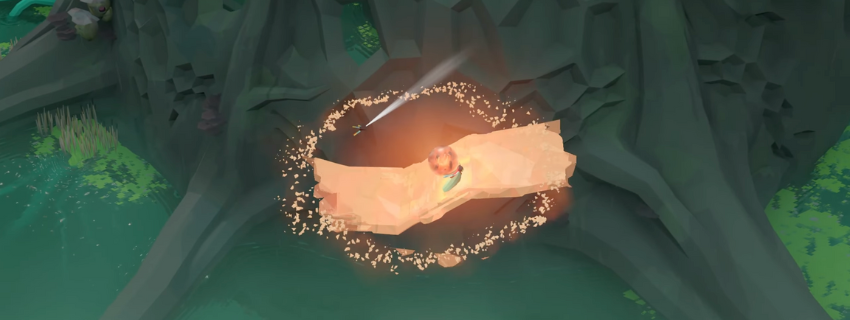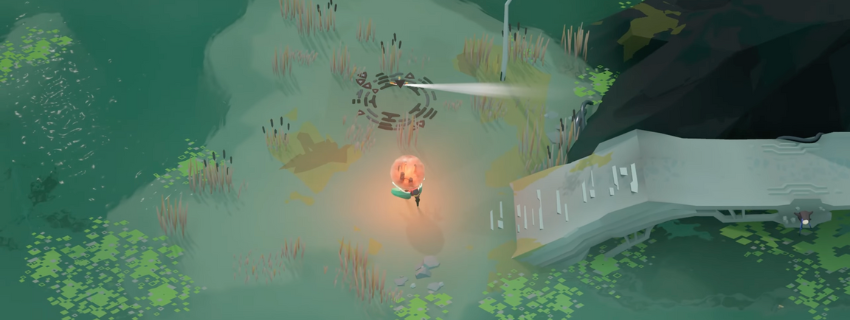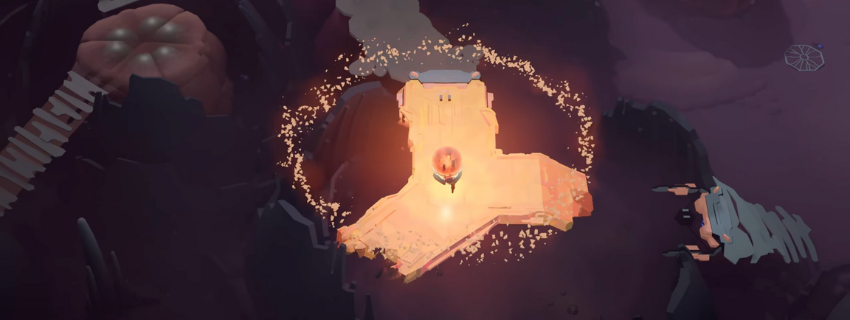Unraveling the Mysteries of Cocoon
- 281

The cocoon, a natural marvel shrouded in mystery and intrigue, serves as a pivotal structure in the life cycle of numerous insect species. Often perceived merely as a silky case, the cocoon's role extends far beyond a mere protective shell. It is a testament to nature's ingenuity, showcasing a complex interplay of biology, chemistry, and physics. This article delves into the multifaceted world of cocoons, exploring their formation, purpose, and significance in the broader ecological tapestry.
The Formation of Cocoons: An Architectural Marvel
The creation of a cocoon is a marvel of natural engineering, a process that begins with a caterpillar or a similar larva, engaging in one of the most critical phases of its lifecycle. The process varies among species, but generally, it involves the secretion of silk or a comparable substance from specialized glands. This silk is then spun around the larva, encasing it in a protective shell. The intricacy of the cocoon's structure, with its layers and patterns, is not merely for aesthetic appeal. It is designed to offer optimal protection, maintain a stable internal environment, and ensure the safe development of the larva into its next stage of life.
Biological Significance of Cocoon Formation
The formation of a cocoon is crucial for the survival and transformation of many insects. It facilitates metamorphosis, a period of significant biological transformation where the larva restructures its body and emerges as a fully formed adult, such as a moth or a butterfly. This process of metamorphosis is both fascinating and complex, highlighting the cocoon's critical role in the intricate lifecycle of these organisms.
Chemical Composition and the Secrets of Silk

The cocoon's silk is renowned not just for its strength but also for its unique properties. It is lightweight, highly durable, and has remarkable elasticity. The chemical composition of silk involves fibroin, a protein that provides strength, and sericin, a protein that acts as a glue, binding the fibroin fibers together. The arrangement of these proteins at the molecular level contributes to the silk's tensile strength and resilience, making the cocoon an architectural feat of nature.
Applications and Implications of Silk Research
The study of cocoon silk has paved the way for breakthroughs in various fields, including materials science, medicine, and biotechnology. Its biocompatibility and strength make it an ideal candidate for developing sustainable materials, biomedical implants, and even protective gear. The ongoing research into replicating the properties of cocoon silk in the laboratory aims at harnessing these qualities for human benefit, highlighting the cocoon’s significance beyond its natural purpose.
The Role of Cocoons in Ecosystem Dynamics
Cocoons play a critical role in maintaining the delicate balance of ecosystems. They are providing a source of nutrition for predators while also ensuring the survival of the insect species through the protective environment they offer for metamorphosis. Furthermore, cocoons contribute to the pollination process when the adult insects emerge, aiding in the reproduction of various plant species. This interconnectedness underscores the cocoon's importance in sustaining biodiversity and ecosystem health.
The Ecological Impact of Cocoon Predation

While cocoons provide a defense mechanism for developing larvae, they are not impervious to predation. Predators of cocoons include a variety of birds, small mammals, and other insects, which rely on these cocoons as a vital source of nutrition. These predator-prey dynamics are essential for the stability of ecosystems, illustrating the cocoon's integral role in nature’s lifecycle.
Conservation Efforts and the Protection of Cocoon-Bearing Species
The conservation of cocoon-bearing species is of utmost importance, considering their ecological importance and the threats they face from habitat loss, pollution, and climate change. Efforts to protect species and habitats are critical for preserving biodiversity and the benefits that cocoons offer to ecosystems. Conservation strategies include habitat restoration, the establishment of protected areas, and research into the impacts of environmental changes on these species.
The Future of Cocoon Study and Sustainability Initiatives
As the study of cocoons and their silk continues to unveil new insights, there is a growing emphasis on sustainability and the ethical sourcing of silk. Innovations in biotechnology hold promise for the development of synthetic silk that mimics the properties of natural cocoon silk without the need for large-scale farming of silk-producing insects. These initiatives not only aim to protect cocoon-bearing species but also to explore sustainable alternatives that minimize environmental impact.
The Human Connection: Cultural and Historical Significance of Cocoons

The fascination with cocoons and their silk extends beyond scientific interest, touching cultural and historical realms. For centuries, silk has been a symbol of luxury and wealth, with its production and trade shaping economies and cultures around the world. The Silk Road stands as a testament to the profound impact of silk on human civilization. Moreover, cocoons have inspired art, mythology, and technology, reflecting humanity's enduring connection with this natural wonder.
Innovations Inspired by Cocoon Structure and Function
The design and structure of cocoons have inspired innovations in architecture, engineering, and materials science. Biomimicry, the practice of emulating nature's strategies in human-made designs, has seen the cocoon emerge as a model for creating efficient, sustainable structures and materials that mimic its protective, resilient qualities. These advancements underscore the potential of learning from nature to solve complex human challenges, further highlighting the cocoon's significance beyond the natural world.
Conclusion: The Cocoon's Place in the Web of Life
The cocoon, with its intricate design and profound significance, stands as a marvel of nature's ingenuity. From its role in the lifecycle of insects to its contributions to ecosystems and human society, the cocoon encapsulates the interconnectedness of all living things. As we continue to explore and understand the secrets of the cocoon, we are reminded of the beauty and resilience of the natural world, and the responsibility we bear in safeguarding its future.